Introduction
Pickling cucumber spears and chili peppers is a timeless culinary tradition that transcends geographical boundaries and cultural divides. This preservation technique not only extends the shelf life of these vegetables but also enhances their flavor, creating a tangy, crunchy delight that can be enjoyed throughout the year. Whether you’re a seasoned home chef or a novice in the kitchen, mastering the art of pickling can add a vibrant, homemade touch to your meals. In this comprehensive guide, we’ll delve into the intricacies of pickling cucumber spears and chili peppers, from selecting the perfect ingredients to crafting a variety of flavorful brine recipes. By the end, you’ll be equipped with the knowledge and skills to create your own pickled delights, tailored to your taste preferences.
Chapter 1: Understanding the Basics of Pickling
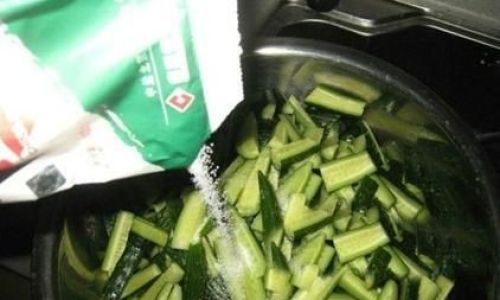
Before diving into specific recipes, it’s crucial to grasp the fundamental principles of pickling. Pickling involves submerging food in a brine—a solution typically composed of vinegar, salt, and sugar (optional)—to preserve it and add flavor. The acidity of the vinegar inhibits the growth of harmful bacteria, while the salt draws out moisture and enhances flavor. Sugar, if used, balances the acidity and adds a touch of sweetness.
Types of Pickles
There are two broad categories of pickles: fresh-pack and fermented. Fresh-pack pickles are quickly submerged in a hot brine and then canned or stored in a refrigerator, preserving their crispness and bright color. Fermented pickles, on the other hand, undergo a lactic acid fermentation process, which takes longer but develops a unique tanginess and complexity of flavor. For our purposes, we’ll focus on fresh-pack pickling, as it’s more straightforward and suitable for home kitchens.
Selecting Ingredients
Choosing the right cucumbers and chili peppers is paramount to successful pickling. For cucumber spears, opt for fresh, firm varieties such as Kirby or pickling cucumbers. These cucumbers have thin skins and few seeds, making them ideal for pickling. Avoid cucumbers that are overly mature or soft, as they won’t hold up well to the pickling process.
When it comes to chili peppers, you have a myriad of options depending on your desired level of heat and flavor. For a mild pickle, consider using jalapeños or banana peppers. For a fiery kick, go for serranos, habaneros, or even Thai chili peppers. Ensure the peppers are fresh, firm, and free of bruises or soft spots.
Brine Preparation
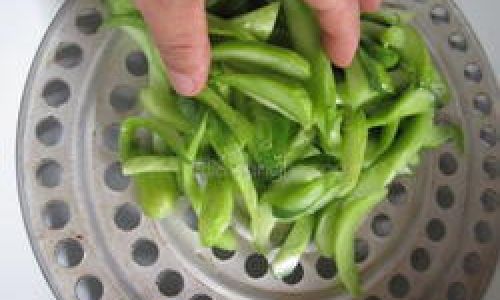
The brine is the cornerstone of any pickle recipe. A basic brine consists of vinegar, water, salt, and sugar (optional). The ratio of these ingredients can vary depending on your taste preferences and the specific recipe. Generally, a good starting point is a 50/50 mix of vinegar and water, with about 1-2 tablespoons of salt per quart of brine. Sugar can be added to taste, usually in the range of 1/4 to 1/2 cup per quart.
For added flavor, you can incorporate spices and herbs such as mustard seeds, garlic, dill, or bay leaves. These ingredients not only infuse the pickles with additional layers of taste but also contribute to their overall aroma and presentation.
Chapter 2: Preparing the Cucumbers and Chili Peppers
Once you’ve selected your ingredients, it’s time to prepare them for pickling. This involves washing, trimming, and sometimes seeding the vegetables to ensure they’re ready for the brine.
Washing and Trimming
Start by thoroughly washing the cucumbers and chili peppers under running water. Remove any dirt, debris, or pesticides that may be present on the surface. For cucumbers, trim off the ends using a sharp knife. If the cucumbers are large, you may want to slice them into spears for easier handling and more uniform pickling.
Seeding Chili Peppers (Optional)

If you prefer less heat in your pickled chili peppers, you can remove the seeds and membranes (the white, pithy part inside the pepper). This will reduce the pepper’s capsaicin content, making them less fiery. However, keep in mind that seeding the peppers will also alter their flavor slightly, making them less complex.
Packing the Jars
Once the cucumbers and chili peppers are prepared, it’s time to pack them into clean, sterile jars. Start by placing a few spices and herbs at the bottom of each jar. This will help distribute flavor evenly throughout the pickles. Then, tightly pack the cucumbers and chili peppers into the jars, ensuring they’re submerged in the brine once it’s added. You can use a chopstick or the handle of a spoon to gently press down on the vegetables, releasing any air pockets and ensuring a tight fit.
Chapter 3: Crafting Flavorful Brine Recipes
Now that the vegetables are packed and ready, it’s time to create the brine. Here are a few delicious recipes to inspire your pickling endeavors.
Classic Dill Pickle Spears and Chili Peppers
Ingredients:
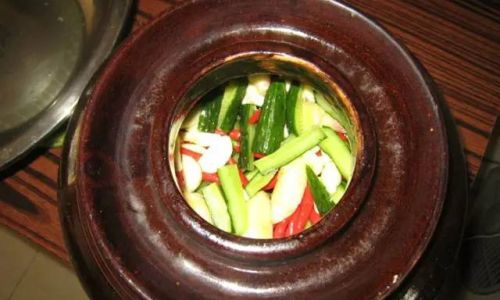
- 2 quarts vinegar (distilled or cider)
- 2 quarts water
- 1/4 cup canning or pickling salt
- 1/4 cup sugar (optional)
- 4-6 garlic cloves, sliced
- 4-6 sprigs fresh dill
- 1-2 teaspoons mustard seeds
- 1 teaspoon red pepper flakes (optional, for heat)
- Freshly washed and trimmed cucumber spears
- Freshly washed and prepared chili peppers
Instructions:
- In a large pot, combine the vinegar, water, salt, and sugar (if using). Heat until the salt and sugar are fully dissolved.
- Add the garlic, dill, mustard seeds, and red pepper flakes (if using). Let the mixture simmer for about 10 minutes to allow the flavors to meld.
- Meanwhile, pack the cucumber spears and chili peppers into clean, sterile jars, ensuring they’re tightly packed.
- Pour the hot brine over the vegetables, ensuring they’re completely submerged. Use a clean, non-reactive spoon to remove any air bubbles.
- Secure the lids on the jars and let them cool to room temperature. Once cooled, you can store the pickles in the refrigerator for up to several months.
Sweet and Sour Pickle Spears with Chili Peppers
Ingredients:
- 2 cups vinegar (apple cider or white)
- 2 cups water
- 1/3 cup sugar
- 1/4 cup canning or pickling salt
- 1 teaspoon turmeric (optional, for color)
- 1 teaspoon celery seeds
- 1 teaspoon mustard seeds
- 1 onion, thinly sliced
- Freshly washed and trimmed cucumber spears
- Freshly washed and prepared chili peppers
Instructions:
- In a large pot, combine the vinegar, water, sugar, salt, and turmeric (if using). Heat until the sugar and salt are fully dissolved.
- Add the celery seeds, mustard seeds, and sliced onion. Let the mixture simmer for about 10 minutes.
- Meanwhile, pack the cucumber spears and chili peppers into clean, sterile jars.
- Pour the hot brine over the vegetables, ensuring they’re completely submerged. Use a clean, non-reactive spoon to remove any air bubbles.
- Secure the lids on the jars and let them cool to room temperature. Once cooled, store the pickles in the refrigerator for up to several months.
Spicy Garlic Pickle Spears and Chili Peppers
Ingredients:
- 3 cups vinegar (white or distilled)
- 1 cup water
- 1/4 cup canning or pickling salt
- 1/4 cup sugar (optional)
- 6-8 garlic cloves, crushed
- 1-2 teaspoons red pepper flakes (adjust to taste)
- 1 teaspoon black peppercorns
- Freshly washed and trimmed cucumber spears
- Freshly washed and prepared chili peppers (jalapeños or serranos for added heat)
Instructions:
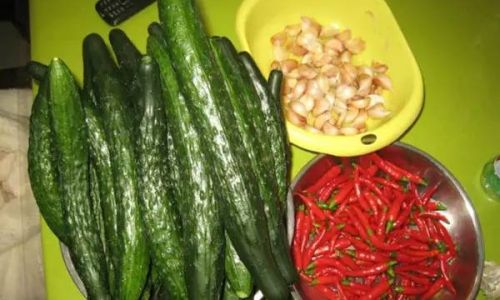
- In a large pot, combine the vinegar, water, salt, and sugar (if using). Heat until the salt and sugar are fully dissolved.
- Add the crushed garlic, red pepper flakes, and black peppercorns. Let the mixture simmer for about 10 minutes.
- Meanwhile, pack the cucumber spears and chili peppers into clean, sterile jars.
- Pour the hot brine over the vegetables, ensuring they’re completely submerged. Use a clean, non-reactive spoon to remove any air bubbles.
- Secure the lids on the jars and let them cool to room temperature. Once cooled, store the pickles in the refrigerator for up to several months.
Chapter 4: Troubleshooting and Tips for Success
Even the most seasoned picklers can encounter issues from time to time. Here are some troubleshooting tips and general advice to ensure your pickling endeavors are successful.
Troubleshooting
- Soft or Mushy Pickles: This can occur if the pickles are overcooked or stored at too warm a temperature. Ensure the brine is hot but not boiling when poured over the vegetables, and store the pickles in a cool, dark place or the refrigerator.
- Cloudy Brine: Cloudiness can be caused by bacteria or yeast. Ensure all equipment and jars are thoroughly cleaned and sterilized before
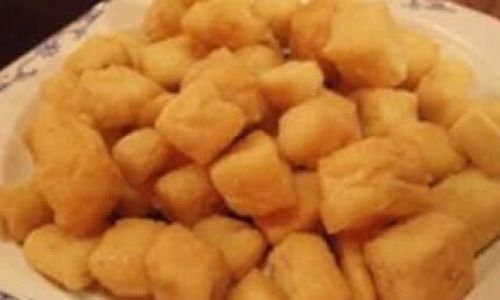

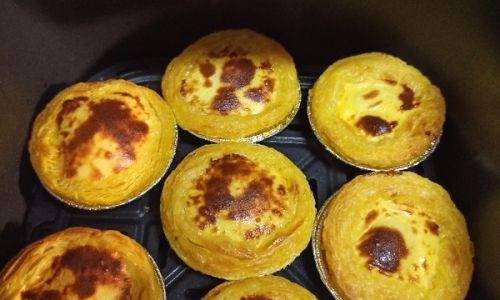
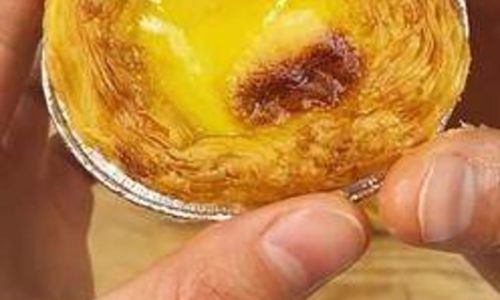
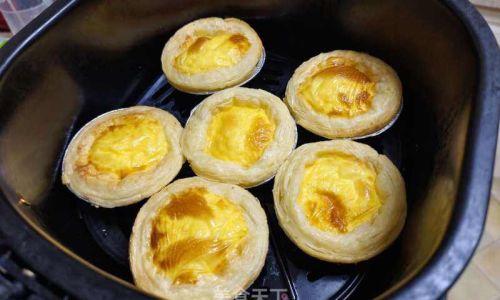
0 comments